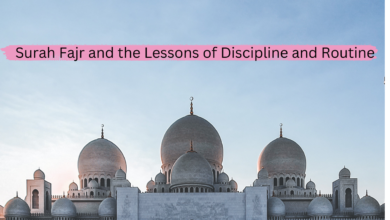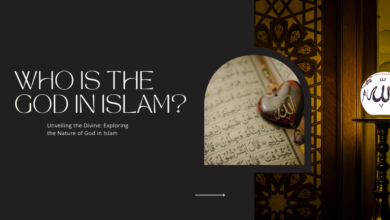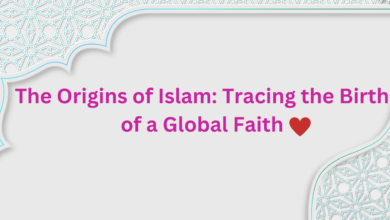Why did Prophet Muhammad migrate from Mecca to Medina?
"The Hijra: Prophet Muhammad's Journey from Mecca to Medina"
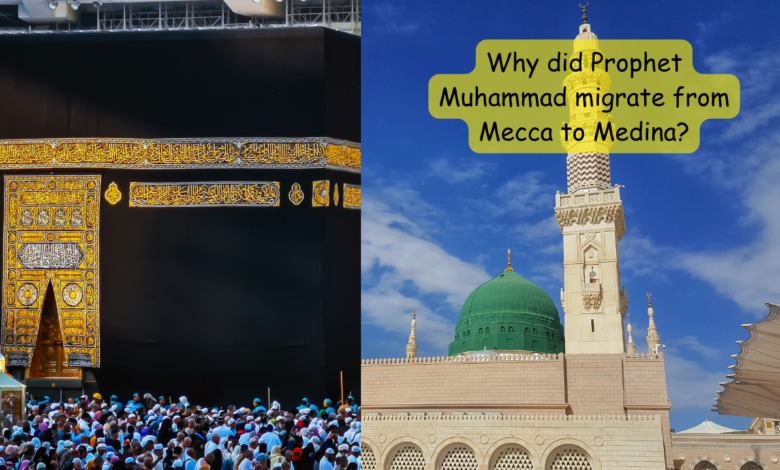
Why did Prophet Muhammad migrate from Mecca to Medina?
Prophet Muhammad migrated from Mecca to Medina in 622 CE in an event known as the Hijra. There were several key reasons for this migration.
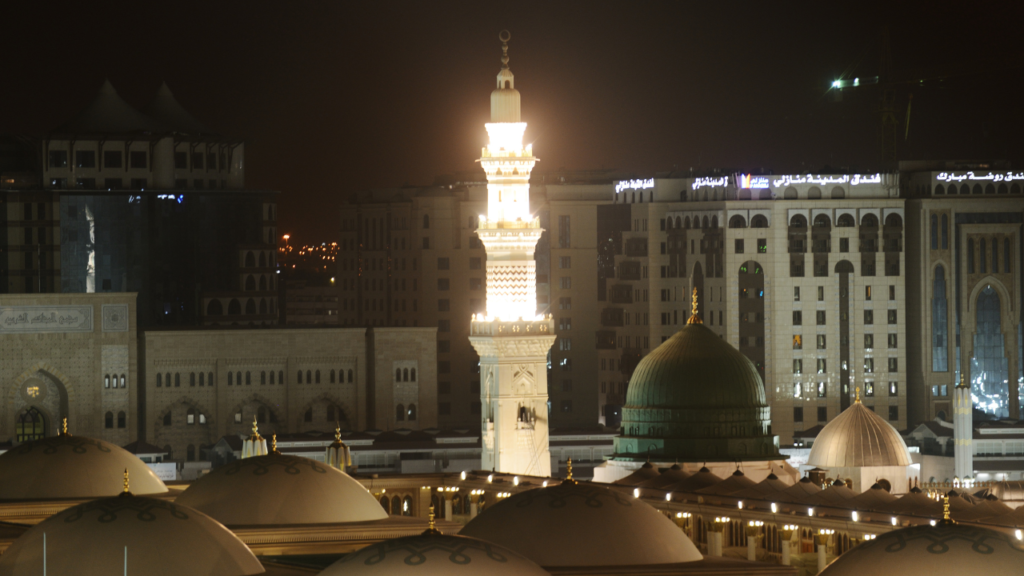
Introduction
The migration of Prophet Muhammad from Mecca to Medina, known as the Hijra, is a pivotal event in Islamic history that holds great significance for Muslims around the world. This historic journey, undertaken in 622 CE, marked the beginning of the Islamic lunar calendar and played a crucial role in shaping the future of Islam. There were several compelling reasons that prompted Prophet Muhammad to make this momentous move, and in this article, we will explore the key factors that led to the Hijra.
Persecution and Opposition in Mecca
One of the primary reasons for Prophet Muhammad’s migration was the escalating hostility and persecution he and his followers faced in Mecca. As he began preaching the message of monotheism and the worship of one God, he faced fierce opposition from the leaders of the Quraysh tribe, who held significant political and economic power in Mecca. The Quraysh leaders viewed his teachings as a direct threat to their traditional polytheistic beliefs, as well as to their lucrative pilgrimage business centered around the Kaaba.
The persecution of early Muslims in Mecca included physical abuse, economic boycotts, and social ostracization. This hostile environment made it increasingly difficult for the Muslim community to practice their faith freely and peacefully.
Also Check
- Can we dance in Islam?
- Who is Hazrat Ibrahim (AS) in Islam?
- How many children did Prophet Muhammad (PBUH) have?
- Who were the grandsons of Prophet Muhammad?
- What conditions were laid between the Muslims and the infidels on the occasion of peace at Hudaybiyah?
Invitation from the People of Yathrib (Medina)
Another pivotal factor that led to the Hijra was the invitation from the people of Yathrib, later known as Medina. Yathrib was a city characterized by tribal conflict and power struggles, and its inhabitants saw in Prophet Muhammad a potential arbitrator who could bring peace and stability to their region.
Leaders from Yathrib, both Muslims and non-Muslims, visited Prophet Muhammad in Mecca and proposed that he come to their city to serve as a mediator and leader. This invitation offered an opportunity for the Prophet and his followers to escape the persecution in Mecca and establish a peaceful and thriving Muslim community in Yathrib.
The Divine Command
Prophet Muhammad’s decision to migrate was ultimately guided by a divine command from Allah (God). In the Quran, in Surah Al-Anfal (8:30), it is stated: “And [remember, O Muhammad], when those who disbelieved plotted against you to restrain you or kill you or evict you [from Makkah]. But they plan, and Allah plans. And Allah is the best of planners.” This verse highlights that the migration was part of a divine plan to protect the Prophet and ensure the continued spread of Islam.
The Migration
In 622 CE, Prophet Muhammad and his close companion Abu Bakr set out on the arduous journey from Mecca to Medina, which spanned approximately 320 kilometers through the harsh Arabian desert. Their migration, made under the cover of darkness, was fraught with danger as the Quraysh leaders had put a substantial bounty on their heads. Despite the risks, they successfully arrived in Medina, where they were warmly welcomed by the people.
Conclusion
The migration of Prophet Muhammad from Mecca to Medina, known as the Hijra, was a crucial turning point in Islamic history. It not only protected the Prophet and his followers from persecution but also allowed them to establish a thriving Muslim community in Medina. This event marks the beginning of the Islamic lunar calendar and holds immense significance in the lives of Muslims worldwide. The Hijra symbolizes the unwavering faith and determination of the early Muslim community and serves as a powerful example of how individuals can overcome adversity and challenges to uphold their beliefs and values.
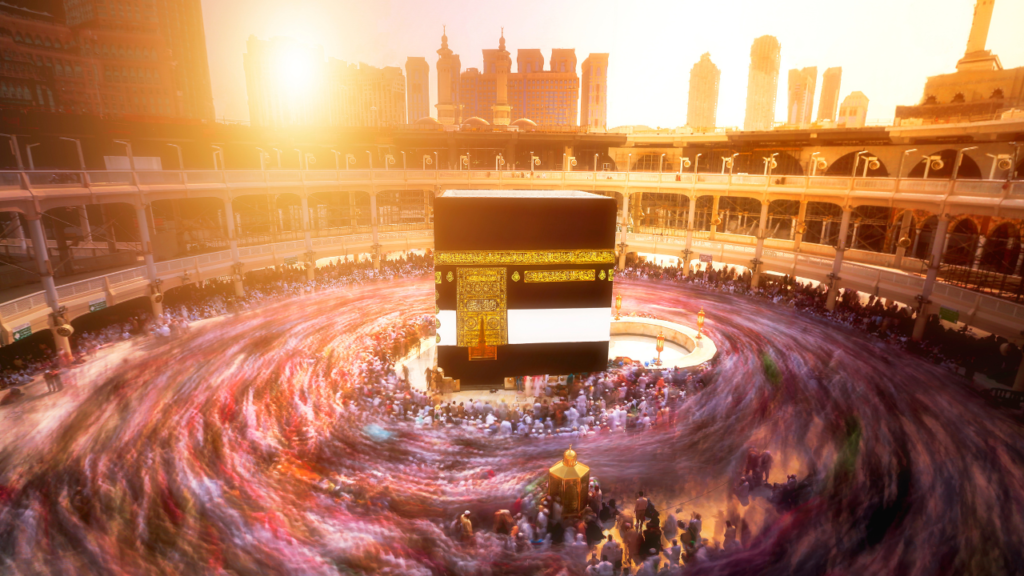
FAQs about Why Prophet Muhammad Migrated from Mecca to Medina
Why did Prophet Muhammad migrate from Mecca to Medina?
Prophet Muhammad migrated from Mecca to Medina in 622 CE in an event known as the Hijra. There were several key reasons for this migration.
What were the primary reasons for the migration of Prophet Muhammad to Medina?
The primary reasons for Prophet Muhammad’s migration to Medina included persecution and hostility from the Quraysh tribe in Mecca, who opposed his message of monotheism and the spread of Islam. Additionally, the people of Medina invited him to serve as a mediator and leader in their city, offering him protection.
How did the persecution in Mecca influence Prophet Muhammad’s decision to migrate to Medina?
Prophet Muhammad and his followers faced increasing persecution in Mecca, including economic sanctions, physical violence, and social boycotts. The Quraysh leaders sought to suppress Islam, and migration to Medina was seen as a way to escape this persecution and continue spreading the message of Islam in a safer environment.
What role did the city of Medina play in the migration decision?
The people of Medina, known as the Ansar (helpers), invited Prophet Muhammad to come to their city and serve as a peacemaker and leader. They pledged their support and protection, making Medina a welcoming destination for the Prophet and his followers.
When did the migration of Prophet Muhammad take place, and how long did it take?
The migration of Prophet Muhammad from Mecca to Medina, also known as the Hijra, took place in the year 622 CE, according to the Islamic lunar calendar. It took several days and involved a challenging journey through the desert.
What significant event marks the beginning of the Islamic calendar, and why?
The Hijra, or migration of Prophet Muhammad to Medina, marks the beginning of the Islamic calendar, known as the Hijri calendar. This event is considered significant because it symbolizes the establishment of the first Islamic community and the spread of Islam beyond Mecca.
Did Prophet Muhammad’s migration to Medina lead to a change in his role or responsibilities within the Islamic community?
Yes, the migration to Medina marked a significant shift in Prophet Muhammad’s role. In Mecca, he primarily focused on preaching and conveying the message of Islam. In Medina, he became both a religious leader and a political leader, playing a key role in the governance and administration of the growing Muslim community.
How did the migration of Prophet Muhammad impact the early development of Islam?
The migration to Medina allowed Islam to flourish and gain a strong foothold. It enabled the Muslims to establish a community governed by Islamic principles, and it marked the beginning of a more organized and influential Islamic state.
What is the significance of the mosque in Medina, known as the Prophet’s Mosque?
The Prophet’s Mosque in Medina is of immense significance to Muslims worldwide because it was built upon the location where Prophet Muhammad initially settled after migrating to the city. It served as a center for religious, social, and political activities during his time and continues to be a revered site in Islam.
How does the migration of Prophet Muhammad continue to influence the Islamic faith and its followers today?
The migration of Prophet Muhammad to Medina is a pivotal event in Islamic history, and it serves as a symbol of perseverance, faith, and the quest for religious freedom. It is often cited as an example of how Muslims should respond to adversity and oppression while maintaining their faith and principles.



